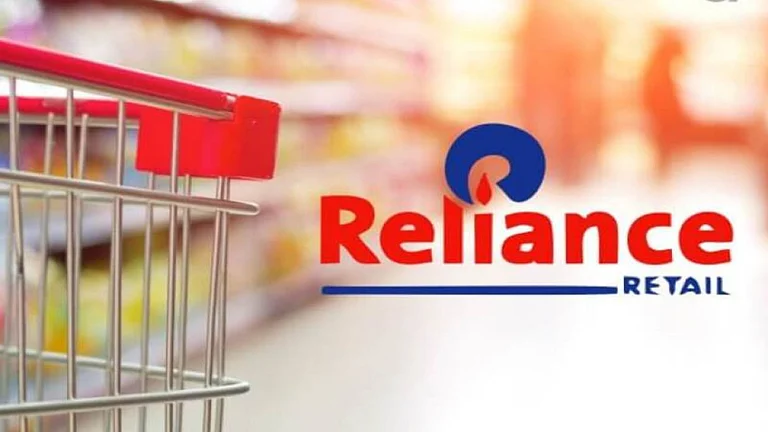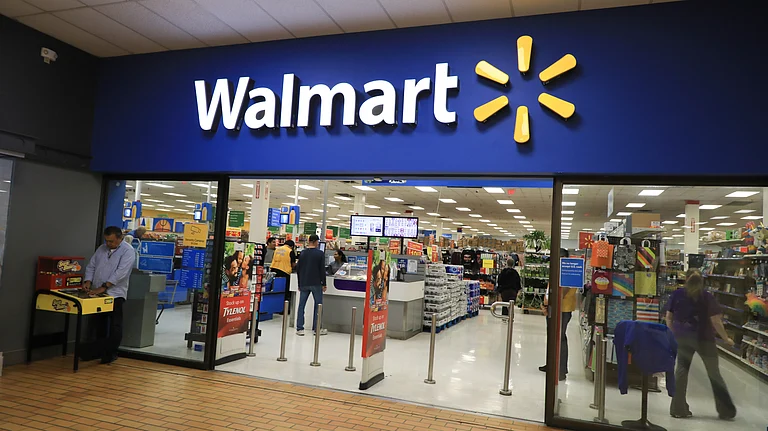Amazon claimed that its latest two-day Prime day sale 'outpaced' last years sales records. However, independent data from credit card transaction statistics provider Facteus shows that Amazon made only small gains and the broader retail industry is falling behind.
The sector was anticipating for a recovery following a year of subdued consumer spending, which makes the poor spending a concerning factor.
Instead, retailers are faced with a poor year's end and have little choice but to engage in hazardous discounts to stay afloat, which will exacerbate the divide between the sector's haves and have-nots, according to a report by Bloomberg.
The Prime Day event, which ended on 11 October and was a follow-up to Amazon's significant sales push in July 2023, is being keenly examined for clues about how the retail sector will do throughout the holiday season.
With shops ranging from Walmart Inc. to Macy's Inc. hosting competing events in the summer and fall, Prime Day has evolved into a sector-wide feast.
The Prime Day sales aren't as big as the ones on post-Thanksgiving Black Friday weekend but they are a good marker of the sector's health, and low sales in October do not present a good sign for it.
According to Facteus, Amazon helped the shop earn an estimated $144.53 in average consumer expenditure, which represents a 2 per cent rise over the previous year's total. Salesforce estimates that sales for other merchants running competing deals this week decreased by 1 per cent from the year before.
Competitors of Amazon cannot afford those sales losses. Retailers were under a lot of pressure going into the fourth quarter. Top-line growth has been negatively impacted by a decrease in consumer spending on nice-to-have items. Best Buy Co. Inc., Dollar Tree Inc., and Target Corp., have all lowered their outlook for the remainder of the year, citing the impact of inflation on consumer spending.
Amazon and Walmart, two retail rivals, are starting the season stronger than ever. A giant like Amazon can afford to give discounts better. There are an estimated 167 million Prime members in the US alone, who sign up for the company's top subscription service on average for $139 annually and can be counted on to make repeat purchases from Amazon.
The fact that Walmart is a well-known discounter and the biggest grocery retailer in the nation by sales volume is to its benefit. When compared to its brick and mortar competitors, the company has had strong revenue growth. With the launch of a rival subscription service called Walmart, it has also made investments in its e-commerce operation and currently holds the top spot for online food sales.
In such a scenario, smaller retailers are left with no choice but to offer discounts in order to attract shoppers. According to market research firm Mintel, three in five consumers who plan to buy things this winter say they want to spend the least amount of money possible. This consumer environment where retailers compete for customers' attention through discounts is risky.































